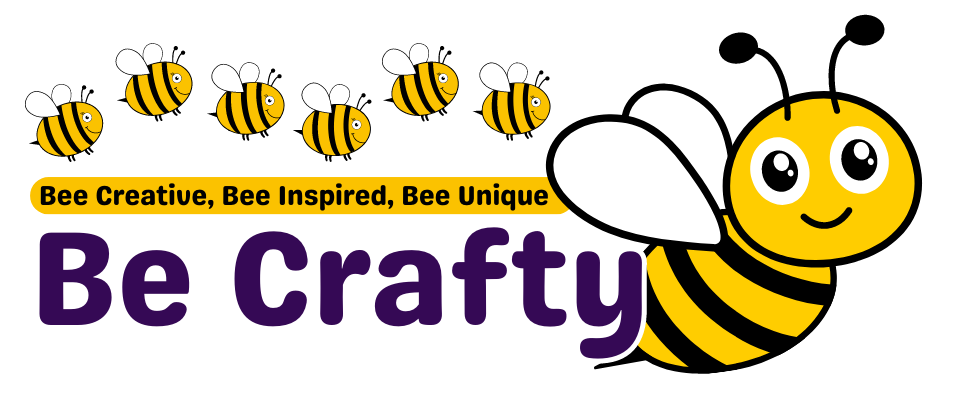Iron-on transfers are a popular method to transfer designs onto fabric. They are simple to use, versatile, and produce high-quality results. Whether you’re making custom t-shirts, decorating tote bags, or personalizing quilts, iron-on transfers can help you achieve your creative vision.
To begin with, you will need an iron-on transfer paper, which is available in most craft stores. The transfer paper has two sides – one side is coated with adhesive (the side that will adhere to the fabric), and the other is plain paper where you print your design.
The process of applying the design onto the fabric starts with creating or choosing a design. You can draw your own or use software like Adobe Illustrator or Photoshop to create digital designs. Remember to reverse the image before printing it; otherwise, the design will appear backwards on the fabric.
Once you have printed your design on the transfer paper, cut around it leaving a small border. This will ensure that the entire design adheres to the fabric without any parts hanging off.
Next, prepare your fabric by ensuring it’s clean and wrinkle-free. Place it on a hard, heat-resistant surface (not an ironing board), position your design where you want it to be, and then place a thin cloth over it.
Now comes the ironing part. Set your iron to the highest setting and turn off the steam function. Apply firm pressure and move the iron slowly over the design for about 15-20 seconds.
After ironing, let it cool for a few minutes before gently peeling off the backing paper. If some parts of the design haven’t adhered well, replace the cloth and iron again.
Iron-on transfers can also be used in embroidery projects to create intricate designs without having to draw them directly onto the fabric. Just print out your embroidery pattern onto transfer paper and iron it onto your fabric as described above. Then simply stitch over the transferred pattern.
For successful embroidery projects using iron-on transfers, here are some tips:
- Choose fabrics that can withstand high heat from an iron. Cotton and cotton blends are good choices.
- Always test print your design on regular paper first to ensure that colors and sizes are correct.
- If you’re using dark-colored fabrics, choose transfer papers specifically designed for dark fabrics.
- When stitching over transferred patterns in embroidery, use a hoop to keep your fabric taut. This makes it easier to follow the pattern lines and creates neater stitches.
- After finishing your embroidery project, wash it gently to remove any remaining adhesive from the transfer.
In conclusion, iron-on transfers offer an easy and effective way to transfer designs onto fabric for various craft projects including embroidery. With some practice and creativity, you can personalize and embellish any piece of fabric with unique designs.

